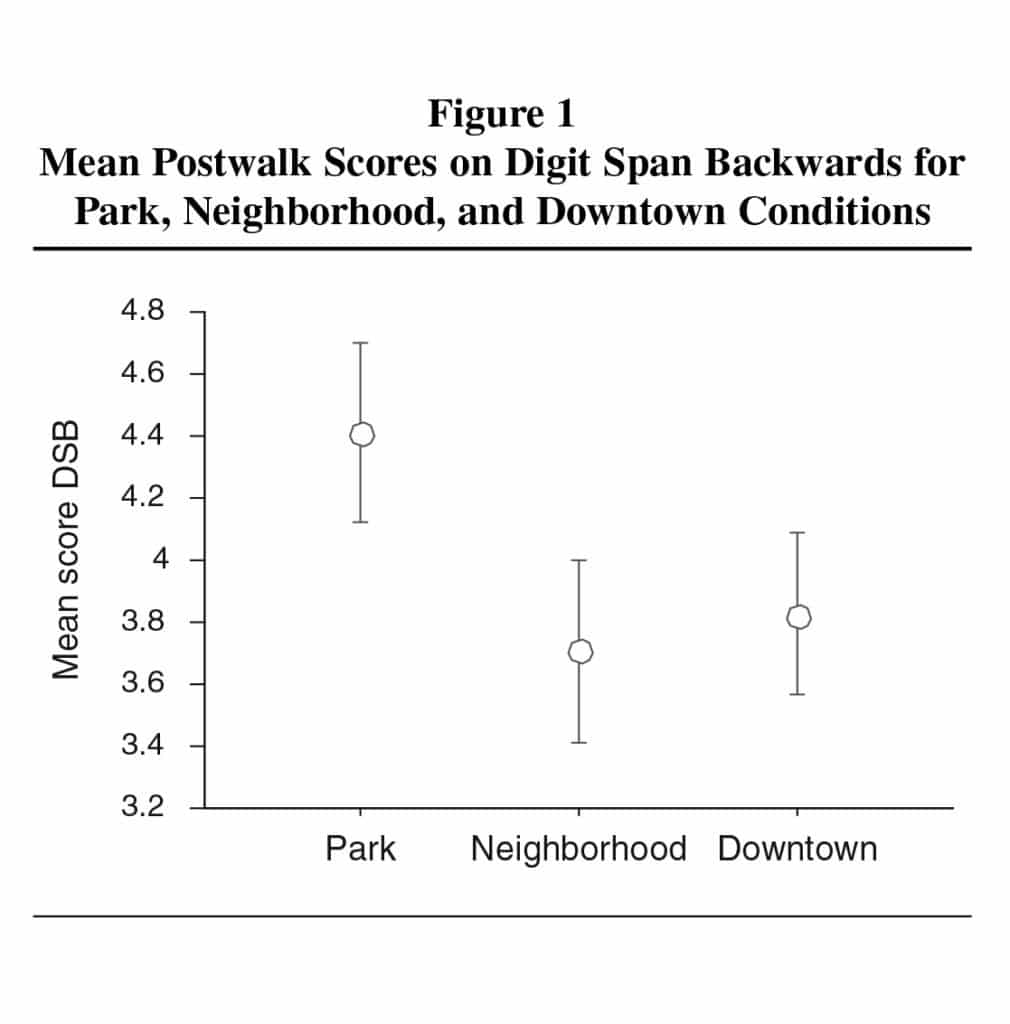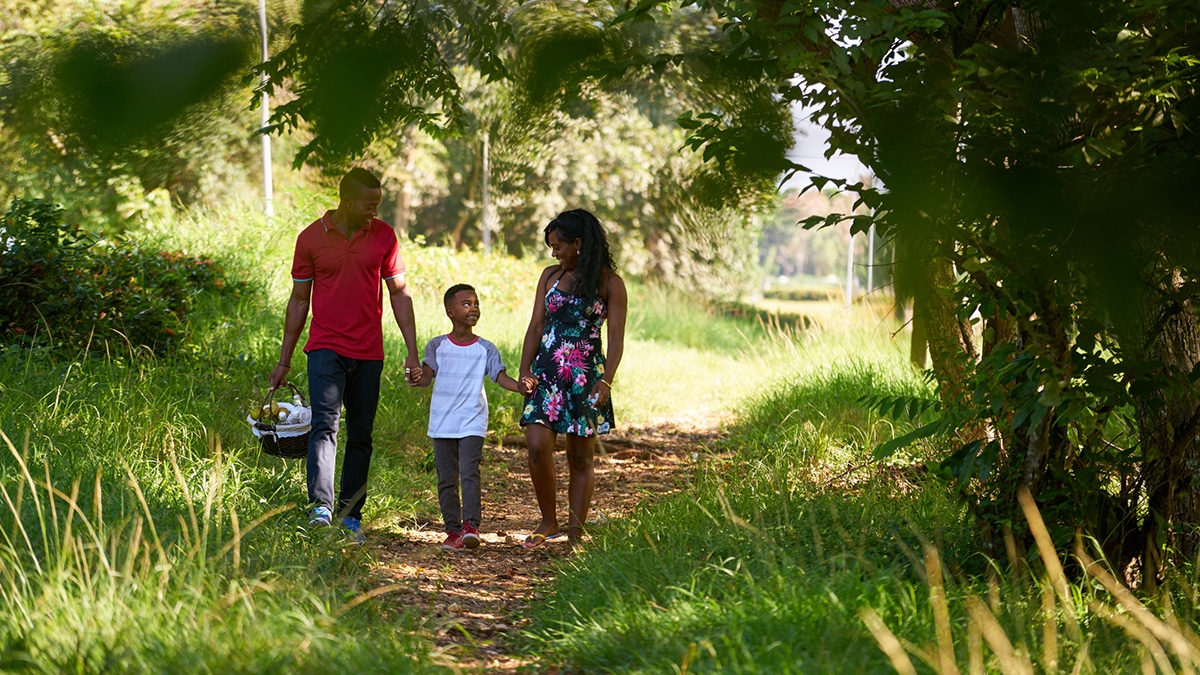With the advent of Earth Day 2021 it seems a great time to explore the effects of green spaces on ADHD. Here’s a scientific study you need to know about. In 2009, Andrea Faber Taylor and Frances Kuo from the University of Illinois published a paper in the Journal of Attention Disorders called Children with Attention Deficit Disorders Concentrate Better After Walk in the Park.
Before we get to the findings, here’s some background. Faber Taylor and Kuo talk about theories of ADHD. One—called Attention Restoration Theory (ART)—suggests that there are two types of attention exercised by all brains. One type is deliberate, effortful focus, the kind you use when you are deliberately learning something that can’t be grasped easily. The second type is involuntary, effortless attention, the kind we exercise when we aren’t learning something specific or hard, but just absorbing the world around us or making fast connections when learning is super easy or entertaining for our brains.
Scientists thinking about Attention Deficit Disorders have hypothesized that the second kind of attention is intact in ADHD—the kind where you can absorb what is pleasing around you without too much strain. So, individuals with ADHD can focus on activities they enjoy for hours without much fatigue. When it comes to effortful attention, though, scientists think that this is the system that is more strained in ADHD compared to individuals without ADHD. So effortful learning—where lots of deliberate focus is required—is particularly challenging for individuals with ADD or ADHD.
Okay, one last piece of background you need to know. Attention Restoration Theory suggests you can help restore effortful attention by feeding the other attention system that doesn’t require effort. So Faber Taylor and Kau wondered if giving children some outdoor time in the world—where their minds could absorb the environment effortlessly—would help restore their deliberate, effortful attention needed for working hard on tasks.

Here’s how the study worked. Children 7 to 12 years old with ADHD first did some tests of attention that required effortful thinking, like saying digits backwards after hearing the researcher saying a list of numbers only once. After the tests, each subject completed a 20 minute walk over three weeks: one walk was in the neighborhood, one walk was downtown, and one walk was in a park. After each walk, the children’s concentration was tested again and compared to the tests results before each walk.What did the researchers find? Focus on the testing tasks improved significantly after a walk in the park, but focus did not improve after a walk downtown or in the neighborhood. Children also rated the walk in the park as more fun and relaxing than walking in the other two environments. Here’s a graph from the research paper showing how attention improved on the digit span task for the park condition but not for the other environments.
Faber Taylor and Kuo concluded that a walk in the park, which fed the brain’s involuntary, effortless attention system, helped to restore the other attention system—the one needed for more effortful focus and learning.
So what can we learn from this study and others that show similar findings?
1. When taking breaks with your child, think about the setting; not all spaces may be equally restorative for boosting focus.
2. Even 20 minutes in a green space can help support the brain when it needs to engage in effortful learning.
3. Green dosing, by taking multiple breaks in nature, may help extend attention-restoring effects when it comes to working on smaller goals needed to achieve bigger goals over time.
4. Take all kinds of activities outdoors! Additional research shows that all kinds of activities in a green space can have restorative effects on attention, from reading, to walking, to games and sports!
5. Consider bringing the green inside your home or to urban spaces. A quiet corner with plants in your home, a garden rooftop on your apartment building, or other creative solutions for boosting the green around you can have restorative properties for your mind.
6. And last but certainly not least, the Earth is bountiful, beautiful and good! Be sure to express gratitude for its restorative properties, and return the favour. Commit to at least one small act to restore, preserve and rejuvenate the amazing planet we all call home.











